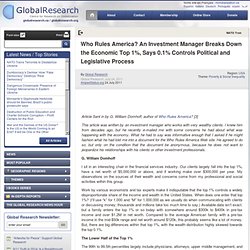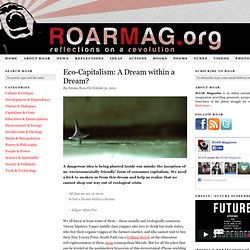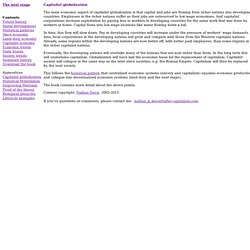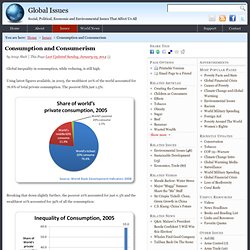

Who Rules America? An Investment Manager Breaks Down the Economic Top 1%, Says 0.1% Controls Political and Legislative Process. Article Sent in by G.

William Domhoff, author of Who Rules America? [3] This article was written by an investment manager who works with very wealthy clients. I knew him from decades ago, but he recently e-mailed me with some concerns he had about what was happening with the economy. What he had to say was informative enough that I asked if he might fashion what he had told me into a document for the Who Rules America Web site. G. I sit in an interesting chair in the financial services industry. Work by various economists and tax experts make it indisputable that the top 1% controls a widely disproportionate share of the income and wealth in the United States.
The Lower Half of the Top 1% The 99th to 99.5th percentiles largely include physicians, attorneys, upper middle management, and small business people who have done well. Until recently, most studies just broke out the top 1% as a group. Corporatocracy to Democracy. Eco-Capitalism: A Dream within a Dream? A dangerous idea is being planted inside our minds: the inception of an ‘environmentally friendly’ form of consumer capitalism.

We need a kick to awaken us from this dream and help us realize that we cannot shop our way out of ecological crisis. All that we see or seem Is but a dream within a dream.~ Edgar Allan Poe We all know at least some of them – those socially and ecologically conscious ‘Green’ hipsters. Upper middle class yuppies who love to drink fair trade lattes, who buy their organic veggies at the farmers market, and who cannot wait to buy their first Toyota Prius. South Park ran a brilliant sketch on the obnoxious self-righteousness of these smug cosmopolitan liberals. This dangerous idea undergirds the recent adaptation of capitalism in response to rising ecological concern among affluent North-American and West-European urbanites. At first sight, this phantasmal story seems to be best reserved for the silver screens of Hollywood.
Capitalist globalization. Capitalist globalization The main economic aspect of capitalist globalization is that capital and jobs are flowing from richer nations into developing countries.

Employees in the richer nations suffer as their jobs are outsourced to low wage economies. And capitalist corporations increase exploitation by paying less to workers in developing countries for the same work that was done by workers at home. Capital flows into low wage locations like water flowing down a hill. In time, this flow will slow down. Eventually, the developing nations will overtake many of the nations that are now richer than them. This follows the historical pattern that centralized economic systems (slavery and capitalism) equalize economic production and collapse into decentralized economic systems (land-duty and the next stage).
23 Things They Don't Tell You About Capitalism Consumption and Consumerism. Author and Page information Global inequality in consumption, while reducing, is still high.

Using latest figures available, in 2005, the wealthiest 20% of the world accounted for 76.6% of total private consumption. The poorest fifth just 1.5%: Breaking that down slightly further, the poorest 10% accounted for just 0.5% and the wealthiest 10% accounted for 59% of all the consumption: In 1995, the inequality in consumption was wider, but the United Nations also provided some eye-opening statistics (which do not appear available, yet, for the later years) worth noting here: Today’s consumption is undermining the environmental resource base. . — Human Development Report 1998 Overview, United Nations Development Programme (UNDP) — Emphasis Added. If they were available, it would likely be that the breakdowns shown for the 1995 figures will not be as wide in 2005. And consider the following, reflecting world priorities: How are the products and resources we consume actually produced? Tobacco Obesity. In Debt We Trust: America Before the Bubble Bursts [Full Film]
U.S. National Debt Clock : Real Time. Credit Card Debt Explained With a Glass of Water Intolerable Beauty - Portraits of American Mass Consumption Consuming Kids: The Commercialization of Childhood [Full Film] Consuming Kids: The Commercialization of Childhood (Trailer) WAL-MART: High Cost Of Low Price [Full Film]